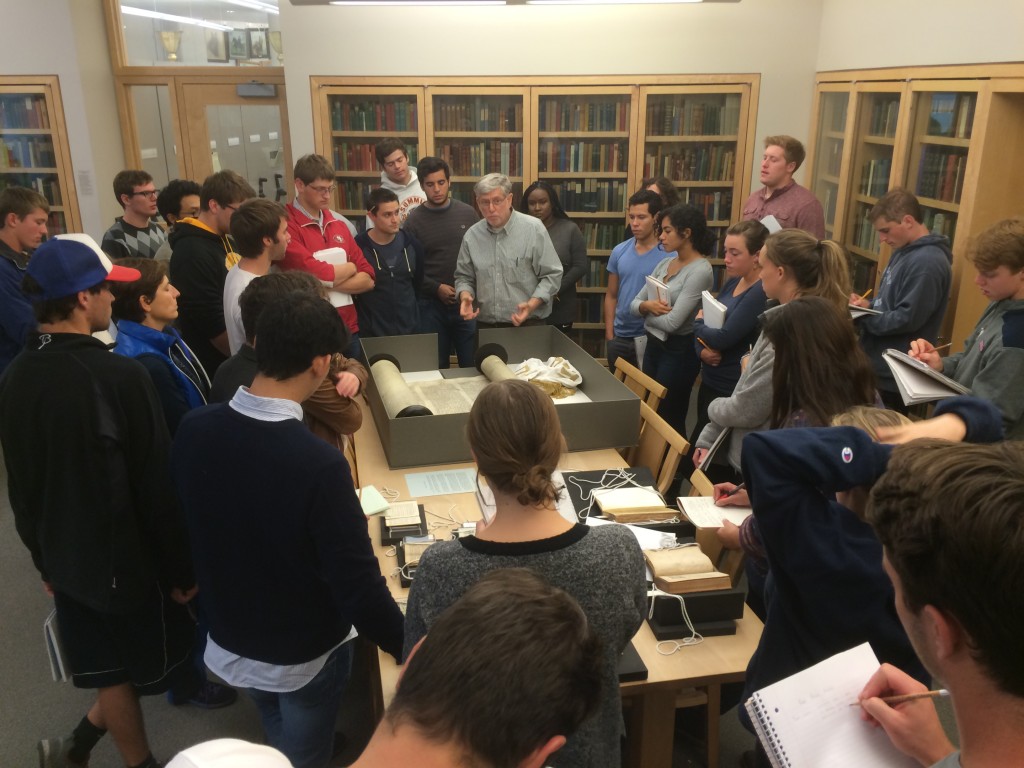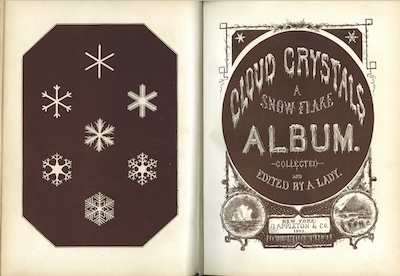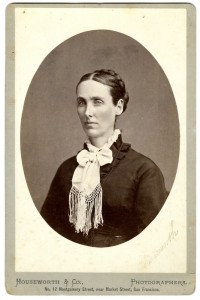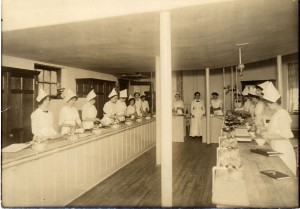Leading up to the inauguration of Laurie L. Patton as the seventeenth president on Sunday, October 11, 2015, Special Collections & Archives will feature remarkable women from the College’s history in eight temporary exhibits spread across campus. Viola Chittenden White can be found in her old haunts of The Axinn Center at Starr Library and BiCentennial Hall, now through October 5th.

From 1933 to 1957 at Middlebury College, Viola Chittenden White built one of the most outstanding collections of American literature in the country as Abernethy Curator. The first woman to be honored as a Yale Younger Poet (for Horizons in 1921), and the first scholar to produce a doctoral dissertation on Herman Melville (1934), Dr. White acquired in 1939 what is still the single most valuable book—and one of the most valuable items—owned by Middlebury: Henry David Thoreau’s personal copy of Walden with his hand-written notes. In 1940 she published Not Faster Than a Walk, a yearlong diary of nature writing and observations of Middlebury and its nearby landscapes.

























